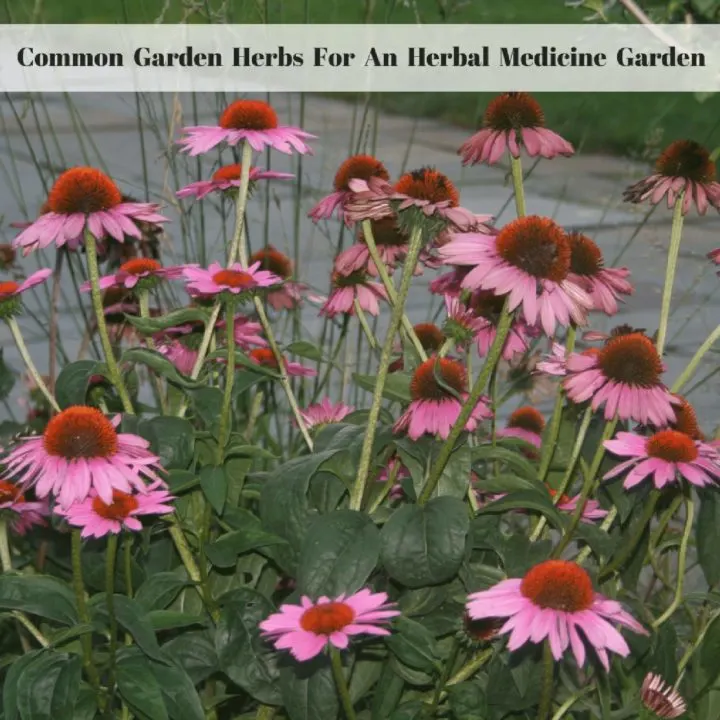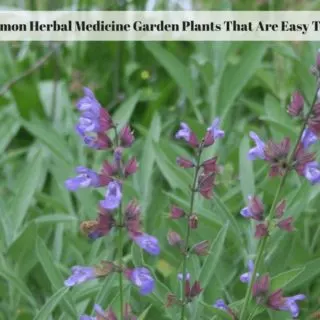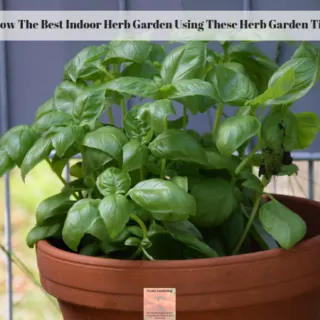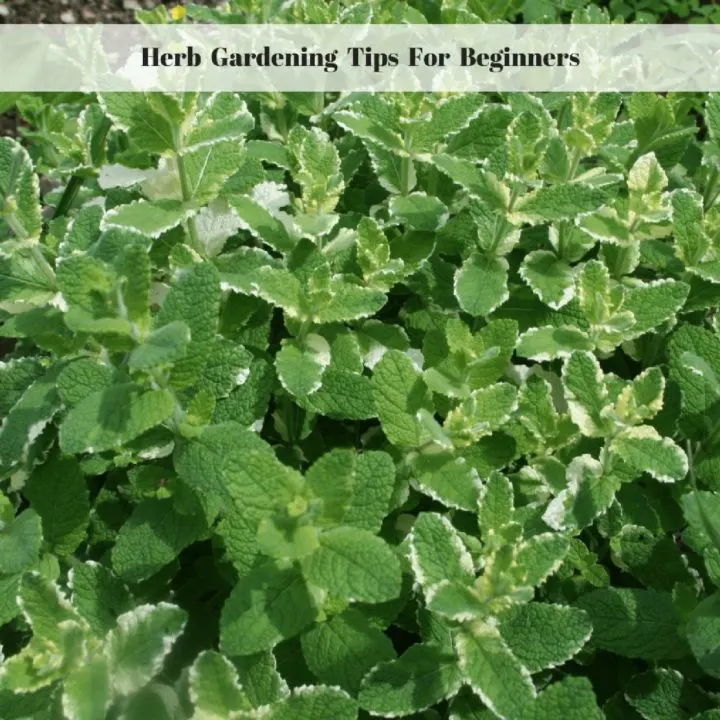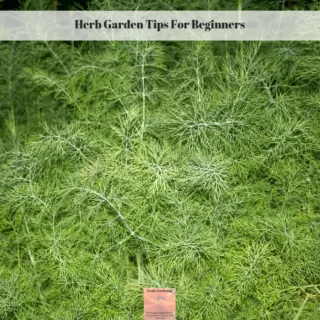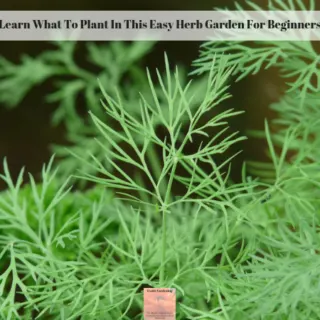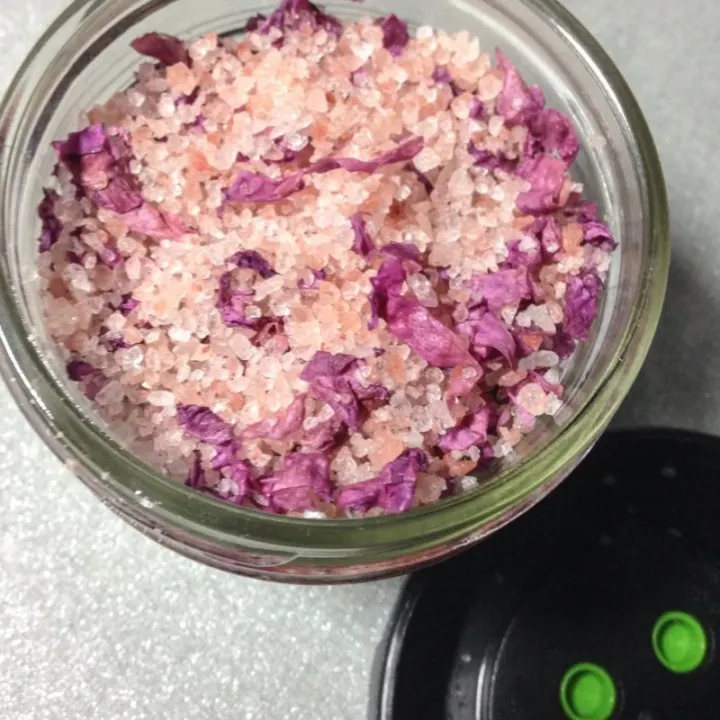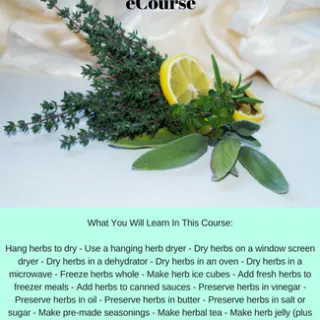There are so many reasons to start growing ginger in your garden or for those in a cold climate, in a flower pot.
Ginger is a great plant to grow, as well as one that has been used in homeopathic and natural healing.
There are varieties with highly fragrant flowers and of course ones you can use in recipes.
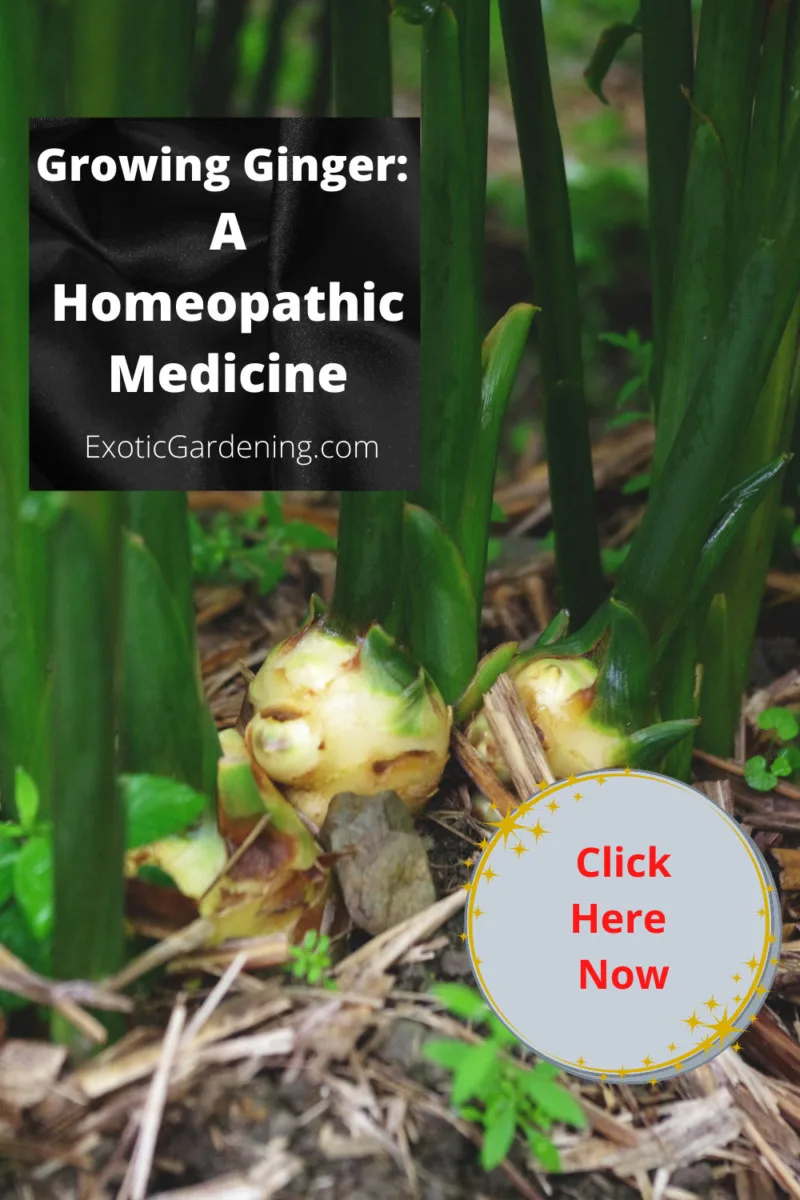
Growing Ginger For Food Or Medicine
Zingiber officinale is the source of ginger that is used in cooking and medicinally.
The tuberous rhizomes of this plant are dug up, ground, chopped or left whole, then sent to local grocery or health food stores.
In early spring it is possible to purchase a rhizome of ginger to plant in your yard.
The best rhizome to look for is a fresh, not dried, piece that has one or two inch-long sections with well-developed growth buds.
These are easy to find in your local grocery store in the fresh produce section.
Given proper growing conditions, the stems will reach two to four feet tall with narrow, glossy green leaves that can get up to a foot long.
Occasionally, your ginger will produce yellowish-green flower with a purple lip , although this is rarely seen.
Rhizomes may be harvested at any time, but should be allowed to grow for three to four months before taking your first harvest.
The Cultural Requirements For Growing Ginger
Growing ginger can be very rewarding.
Keep your humidity high or mist regularly.
Give them light shade and rich soil.
Gingers prefer a lightly shaded, wind-free spot with good soil.
Do not expect your ginger to bloom until it is at least two years old.
Flowered canes should be removed yearly.
Try An Alpinia If You're Growing Ginger Ornamentally
Some gingers fall into the ornamental category.
One varieties of ornamental ginger is Alpina.
These perennials are evergreen in zones twenty-two to twenty-seven.
In the rest of the world they are hardy to only about 15 degrees Fahrenheit.
The tops of these plants will die back in cool weather, but the rhizomes will produce new shoots in the spring.
Alpinia sanderae, commonly called Variegated Ginger, will grow up three to four feet tall, with eight-inch striped green and white leaves.
Another commonly grown ginger is the Alpinia zerumber (A. nutans, A. speciosa), or Shell Ginger (Shell Flower).
These gingers are native to Polynesia and tropical Asia.
These are the most popular of the Alpinias that are grown in Florida, not only because they are the grandest of all the gingers, but because they also have the best year-round appearance.
These gingers can grow eight to nine feet tall with shiny leaves that grow two feet long and five inches wide.
The leaves have distinct parallel veins with stems that are maroon at maturity.
The flowers are a waxy white or pinkish, shell-like, and very fragrant.
The flowers have red, purple, or brown markings that grow in pendant clusters on arching stems in late summer.
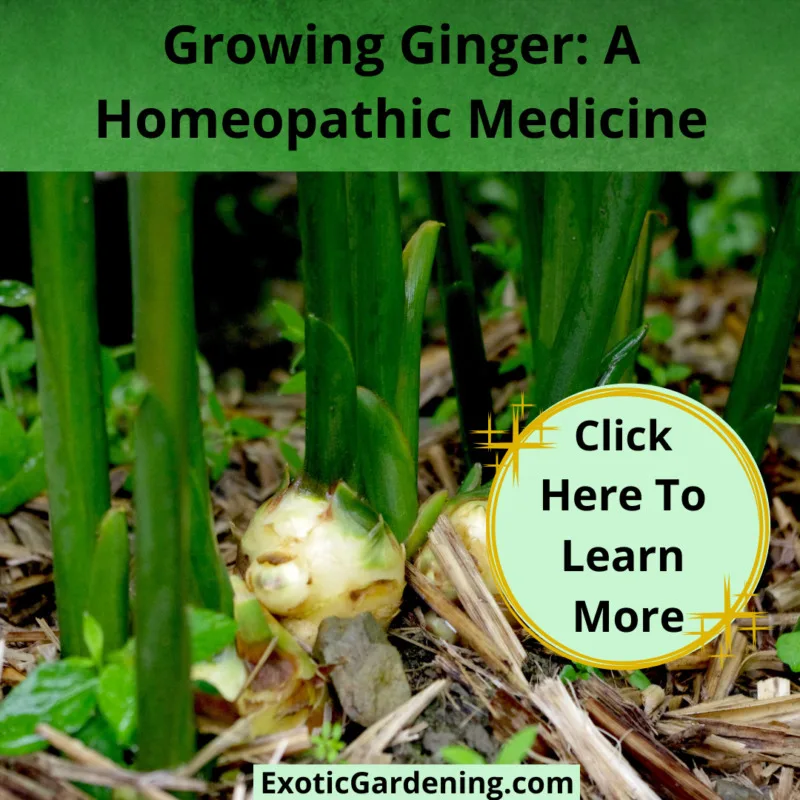
Other Varieties Of Ginger Do Exist
Many other gingers exist that have not been covered here, but the basic requirements are the same.
Ginger is not a hard plant to grow by any means.
The showy flowers, which are often used for making garlands, are a fantastic reason to grow this plant.
I also love the fragrant flowers of the Hedychium.
They will grow indoors but are likely to die back over the winter.
Growing Ginger To Use Medicinally
For over 2, 500 years, ginger has been used in healing.
While I am not a doctor and none of this is meant to be taken as medical advice, I do find it interesting.
I highly recommend speaking with a licensed medical provider before trying anything mentioned here.
Asian people use ginger to promote body cleansing.
The Chinese use ginger as a tonic.
Ginger has become a time-proven remedy.
A report published in the English Medical Journal in 1982 concluded that powdered ginger helped with motion sickness.
In comparison to 100 mg of dimenhydrinate, a leading drug used for eliminating nausea, the 940 mg. of powdered ginger was superior for relieving nausea according to the report.
Ginger has been tested in Germany by health authorities with the same findings.
Should you decide to use ginger homeopathically, you will need to use the medicinal ginger, Zingiber officinale.
This herb can be used as an herb or in homeopathic medicine.
What Is Homeopathic Medicine?
For those of you who are new to alternative methods of healing, you may ask what is the difference between using herbs and homeopathic medicine?
The theory behind homeopathic healing is that “like cures like.”
Treatment is designed to reinforce the symptoms instead of trying to combat them.
A microscopic dose of an herbal drug is given to a healthy person.
If it produces the symptoms of the sick person, than the cure has been found.
This method of healing is grounded in the fact that we can eliminate disease by helping the body’s natural recuperative powers.
Ginger plays an interesting role in homeopathic medicine.
It has been called the “universal medicine”.
Ginger has been used to treat diarrhea, indigestion and nausea, to name a few.
It also helps to neutralize acids and toxins in the digestive tract.
You can buy homeopathic ginger instead of making it yourself.
Final Thoughts On Growing Ginger
Let me add a word of caution about ginger.
If you decide to use it medicinally, especially if you are suffering from gallstones or are pregnant or nursing, be sure to consult your physician first.
You should not use ginger daily no matter how healthy you are.
Ginger has been found to interfere with the absorption of dietary iron and fat-soluble vitamins when taken daily.
Ginger is a very versatile plant to grow.
Whether you prefer to grow it for ornamental purposes, culinary purposes or its healing properties, this is a fantastic plant for your home or garden.
Tips On Planning A Medicinal Herb Garden
Check out these tips for planning a medicinal herb garden. Learn how to choose what herbs to get started with, how to choose the right site and more.
Edible And Useful Plants You Can Grow
Do you want to grow a garden that is not only beautiful but also practial?
Then this course is for you!
In it I cover a variety of both cultivated plants and wild plants that grow in your garden regardless of if you want them there or not!
Learn how to get rid of these plants by using them instead of killing them.
Plants covered include:
Soapwort
Rosehips
Yucca
Redbud
Nasturtium
Milkweed
Cattails
Dandelions
Sheri Ann Richerson
Do you love fresh herbs but wonder if there is an easy way to preserve them for the winter?
Do you seek other ways to use herbs other than just as a seasoning on food?
There are so many ways to preserve herbs for winter use – from various methods of drying them to freezing them, but it doesn’t end there.
Some of the best ways to preserve herbs in right in the foods you would normally incorporate herbs into – pre-made seasonings, teas, butter or oil.
Then this is the course for you!
What You Will Learn In This Course:
Hang herbs to dry
Use a hanging herb dryer
Dry herbs on a window screen dryer
Dry herbs in a dehydrator
Dry herbs in an oven
Dry herbs in a microwave
Freeze herbs whole
Make herb ice cubes
Add fresh herbs to freezer meals
Add herbs to canned sauces
Preserve herbs in vinegar
Preserve herbs in oil
Preserve herbs in butter
Preserve herbs in salt or sugar
Make pre-made seasonings
Make herbal tea
Make herb jelly (plus tips on how to use these)

